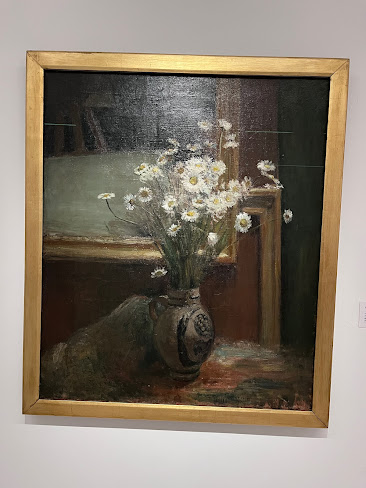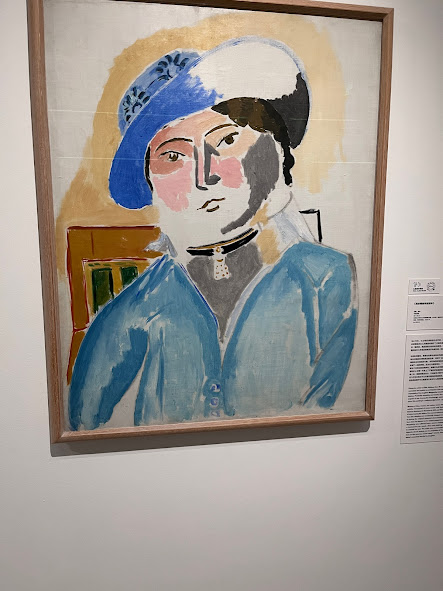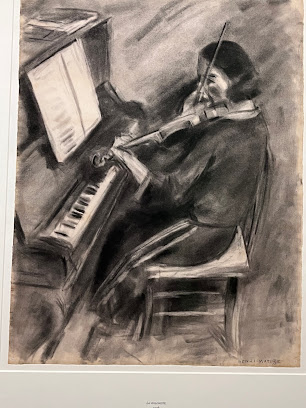Henri Matisse was a French painter, draftsman, sculptor, and printmaker. Known for his use of color, his work is regarded as responsible for laying the foundation for modern plastic arts, along with the work of Picasso and l Duchamp
Fauvism: Fauve artists used pure, brilliant colour aggressively applied straight from the paint tubes to create a sense of an explosion on the canvas.
The Fauves painted directly from nature, similar to impressionist artists had before but were more invested with a strong expressive reaction to the subjects portrayed.
The works (including Matisse's) were first formally exhibited in Paris in 1905, These Fauvist paintings shocked visitors at the annual Salon d’Automne; one critic (Vauxcelles) dubbed the painters fauves (“wild beasts”) due to the "violence" of their works. The paintings expressed emotion with wild, often dissonant colours, without regard for the subject's natural colours.
Matisse had arrived at this Fauvist style through experimenting with the various Post-Impressionist approaches of Gauguin, van Gogh, and Seurat. Rejecting traditional renderings of 3D space instead, seeking a new picture space defined by movement of colour.
Although he had harsh critics, he had loving followers, such as Gertrude Stein and her family. Throughout the years of 1907-1911, he and his friends organized and financed an art school, Academie Matisse, in which Matisse would instruct young artists.











































No comments:
Post a Comment